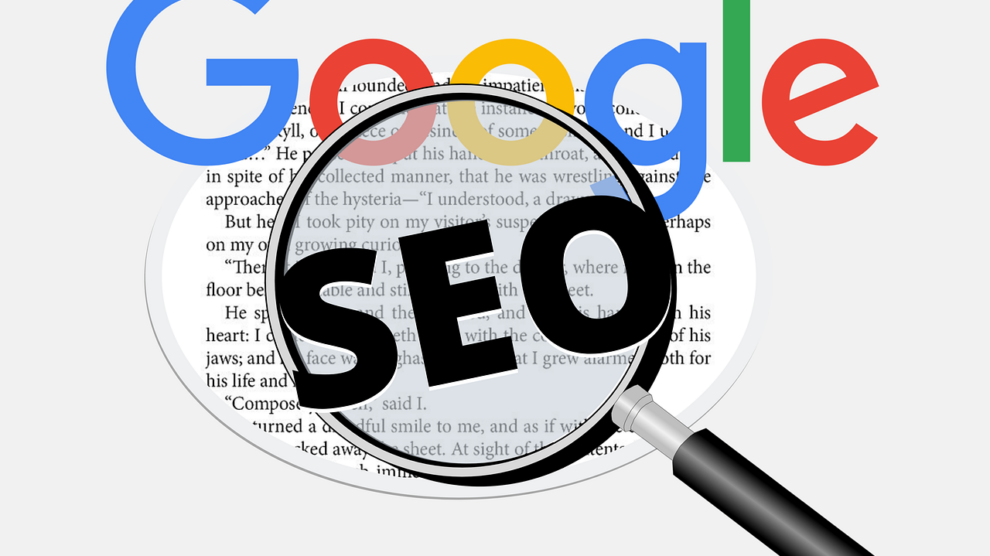Search engine optimization (SEO) has always been a moving target for brands looking to rank highly in search results and drive qualified traffic to their websites. But as search algorithms and consumer needs evolve at an ever more rapid pace, many companies are finding it increasingly difficult to keep their SEO strategies aligned and impactful.
According to digital marketing expert Cassandra Gucwa, Founder of Menerva Digital, taking an adaptable, insight-driven approach to optimizing content can empower brands to create more meaningful connections amidst this change. Companies that shift their SEO efforts to focus on understanding and responding to emerging search trends and user intent see engagement rates rise by up to 42%, along with faster lead conversion.
“Search algorithms are constantly being refined to deliver the most relevant results to users,” said Gucwa. “If brands can keep pace with these changes and align their content to what people are searching for right now, they have a huge opportunity to connect with audiences looking for their solutions.”
The Growing Challenge of Relevant SEO
Gucwa points out that Google alone runs over 3,200 algorithmic updates and refinements each year, aiming to surface helpful content that precisely matches user intent. At the same time, people’s search queries and behaviors are changing faster under the influence of current events, new technologies, and shifting cultural trends.
For brands, the combined effect poses a growing challenge: how do you ensure your SEO strategy stays relevant? Content optimized for outdated queries or intent fails to rank well or engage searchers. Any decline in organic traffic and leads means missed opportunities in a fiercely competitive marketplace.
“There has always been an element of volatility in SEO,” Gucwa said. “But the pace and scale of change today means that strategies which rely on outdated or surface-level analytics rather quickly lose their edge.”
Lagging Indicators Hinder Relevance
Many brands rely heavily on historical SEO metrics like keyword rankings, website traffic, and conversion rates to gauge success. While these measures offer value, focusing solely on past performance reflects outdated relevance rather than present potential.
“These lagging indicators tell you where you’ve been, but not where the opportunities are right now,” explained Gucwa. “To understand what will connect in the future requires expanded, forward-looking analytics capabilities.”
For example, high keyword rankings traditionally signaled strong SEO health. But in isolation, claimed rankings ignore the actual experience people have when they click through to your pages. Low dwell times or high bounce rates reveal lackluster relevance despite otherwise pleasing rank positions. Without understanding the bigger picture, progress stalls.
Rising Needs for Real-Time Optimization
Consumer interests and algorithms shift continually, sometimes seemingly overnight, with breaking developments in the news cycle. But quarterly planning cycles leave brands reacting far behind the curve.
“By the time you detect changes in lagging indicators and implement responses, you’ve already lost ground with connections,” said Gucwa. “People have moved to other options that did meet their needs in real-time. And continued volatility means constantly trying to catch up.”
Instead, maintaining relevance requires identifying leading indicators that reveal rising queries, traffic opportunities, and consumer needs the moment they emerge. Then near real-time optimization must occur across on-page content, technical enhancements, earned backlinks, and other engagement levers coordinated for relevance.
Adopting an Insights-First Approach
So, how do brands access the necessary search and consumer insights to drive agile SEO on an ongoing basis? By expanding analytics capabilities and refreshing strategy based on emerging trends.
“Leading indicators around featured snippets, user intent shifts, query trends, and context-based measures accurately point the way forward if you know how to interpret them,” Gucwa commented. “Making these the foundation of decisions empowers smarter, more responsive optimization across all SEO activities.”
Potential leading measures to incorporate include:
• Featured snippet impression share
• Related Google Discover impressions
• Natural language query analysis
• Evolving contextual analysis
• Competitor movement tracking
• Click-through rate heatmaps
• On-page engagement metrics
Several leading enterprise tools now help surface these insights automatically, including SEMRush, Ahrefs, Moz, Search Metrics, BrightEdge, and Conductor. But brands can also take a manual approach, combining Google Search Console, Google Analytics, and Google Trends to spot leading indicators.
“No matter the exact tools, adopting a future-focused, insights-led process is crucial for timely optimization,” said Gucwa. “Anticipating what aligns next allows brands to get ahead and connect, not just react.”





